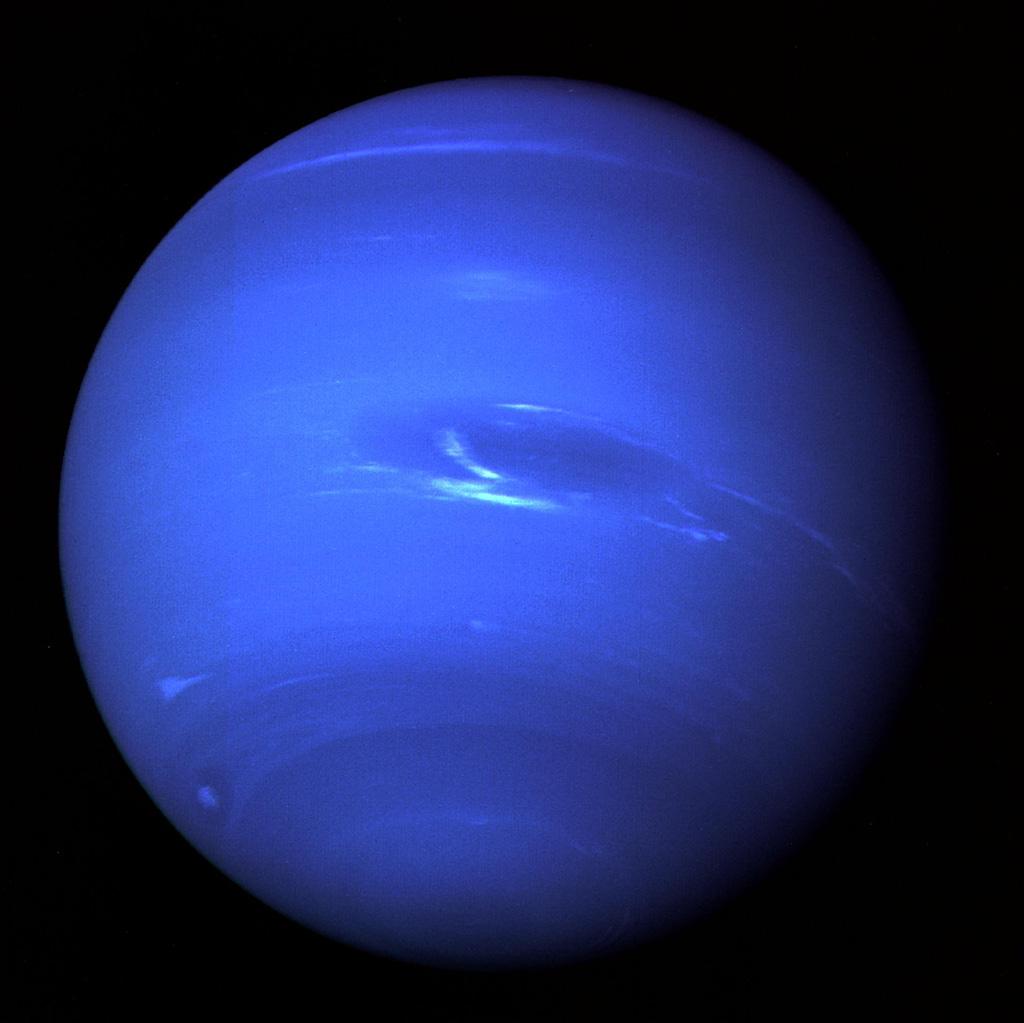The galaxy is wild. Our solar system, with its surprising abundance of living creatures and nonstop radiation and asteroid showers, is a placid, private garden compared to the rest of it.
In particular, there are perhaps trillions of rogue planets (planetary bodies ranging from little rocky Earth-sized guys to super-Jupiter gas giants) in the Milky Way, including a surprisingly large fleet of the things right near the galactic core.
This is unusual, since the typical way we detect exoplanets is by marking their repeated procession across a star. But rogue planets, by definition, don’t orbit stars. So the way astronomers find them is a little different, requiring use of gravitational microlensing.
Gizmodo breaks it down:
Data gathered by NASA’s now-retired Kepler Space Telescope has revealed a small population of free-floating planets near the Galactic Bulge. The new finding raises hope that a pair of upcoming missions will result in further detections of unbound planets, which drift through space separated from their home stars….
It’s impossible to know what the conditions are like on these presumed rogue exoplanets, but [astronomer Iain] McDonald said they could be “cold, icy wastelands,” and, if similar in size to Earth, their surfaces would “closely resemble bodies in the outer Solar System, like Pluto.”
The new paper suggests the presence of a large population of Earth-sized rogue planets in the Milky Way. It’s becoming clear that free-floating planets are common. McDonald said his team is currently working to come up with a more precise estimate for how many of them might exist.
Did you catch that part about how McDonald’s team made this discovery using a now-retired telescope? Yeah. Apparently the new telescope projects coming online are both more powerful and (in particular) better equipped to detect gravitational lensing effects, and therefore more likely to detect rogue planets in the future.

When Voyager 2 reached Neptune in 1989 it discovered six new moons, took images of the planet’s rings and noted a particularly violent storm. Astronomers were also surprised to find that, despite being further from the sun than Uranus, Neptune was actually warmer.
“We can only measure temperatures in the outermost layers,” said Michael Wong, a planetary scientist at the University of California, Berkeley, via email. In doing so we find that Neptune isn’t actually hotter than Uranus in real terms — they’re essentially at the same temperature. But since Neptune receives less solar illumination because it’s farther from the sun, this shouldn’t be the case.
Uranus is the oddball here because it doesn’t emit almost twice as much heat as it absorbs, contrary to Jupiter, Saturn, and Neptune. Neptune, even thought it’s further from our star, is finding a way to warm itself up to the level of Uranus, while the latter is unable to generate any extra heat other than that gleaned from the sun.
Yet there is no clear reason why Uranus does not have much of an internal heat source — or any at all. “Something must have stunted this process on Uranus — perhaps due to a collision in its early history that knocked the planet on its side,” said Tollefson. “The question becomes, why does Neptune have an internal heat source but Uranus does not?”
Perhaps it’s because heat is released at varying rates and Uranus is in a quiescent period, perhaps it has to do with the age of each planet.
“On the gas giants there may be significant amounts of helium rain, changing the amount of heat released. For Uranus and Neptune it is possible that they are different ages or, more likely, the event that turned Uranus onto its side may have jumbled its interior structure and/or released heat faster,” said Simon.
Uranus’ winds can blow up to 560 mph and Neptune’s 1,500 mph. “They’re both extremely fast and peak at speeds faster than Jupiter,” said Tollefson. NASA says Jupiter’s Great Red Spot can blow at 384 mph. But he too says internal heat alone cannot explain the speeds, given Uranus does not generate extra heat.
The way the heat from the sun contributes to the winds, how heat exchange works in each planet, and the interaction of those aspects could explain why one generates more heat but it’s still an open question. One thing’s certain though, the fact that planets formed in similar conditions can result in two extremes “helps us constrain models of how these planets form and give clues about the solar system’s overall formation.”
Well, now, this is gorgeous. Stamen Design overlaid watercolor textures on OpenStreetMap map tiles to show you what it would look like if your favorite watercolorist designed Google Maps.

It’s fun to scroll and scroll. (via @tomcoates)
And since we all could stand to look at more pretty things, watch this video of what different landscapes would look like if Earth had Saturn’s rings. (via @ianmurren)







Stay Connected